As the effects of climate change continue, wildfires in the U.S. are steadily becoming larger and more destructive than ever. In 2020, wildfires burned 10.1 million acres destroying thousands of homes. The Western U.S. is especially susceptible to wildfires with cities like Colorado Springs, CO, and Sacramento, CA experiencing a high risk of fire damage.
As homeowners in fire-prone states begin to rebuild, they are sure to wonder whether or not it’s possible to construct a home that will have no issue withstanding another wildfire. While it may not be possible to construct a fully fireproof house, there are many different precautions you can take to make your home as fire-resistant as possible.
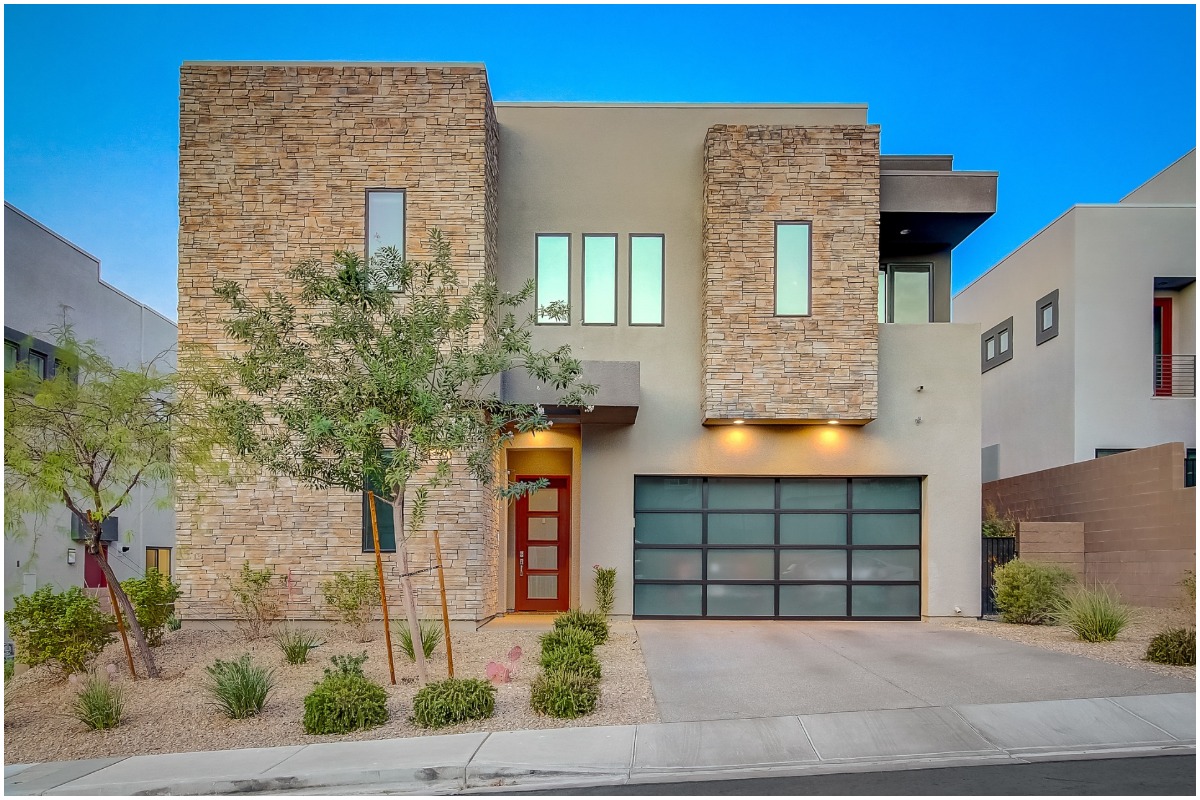
Understand fire rating classifications when building your fireproof house
First, it’s important to understand fire class ratings and how they work. Fire class ratings are a way of classifying materials by their ability to support and propagate fire. They also measure how much smoke may be produced by the material, which is determined by a flame spread index.
Flame spread index is a value typically obtained by examining how a certain material responds during a ten-minute tunnel test. The flame spread index value is expressed as an arbitrary numerical value from zero to 100, where a very fire-resistant material has a rating of zero, and a very flammable material has a value of one hundred.
Class A
A Class A fire rating is the best fire rating a material can achieve. Class A fire ratings indicate a flame spread rating somewhere between zero and 25. Materials consisting of brick stone, asbestos-cement board, and rockwool often achieve a class A rating.
Class B
The flame spread rating of Class B would fall between 26 and 75. This rating is typical for slower-burning whole wood materials like cedar, hemlock, or spruce.
Class C
Class C fire rating has a flame spread rating between 76 and 200. This rating incorporates building materials like plywood, fiberboard, and hardboard siding panels. It also includes any of the faster burning whole woods such as birch or douglas-fir.
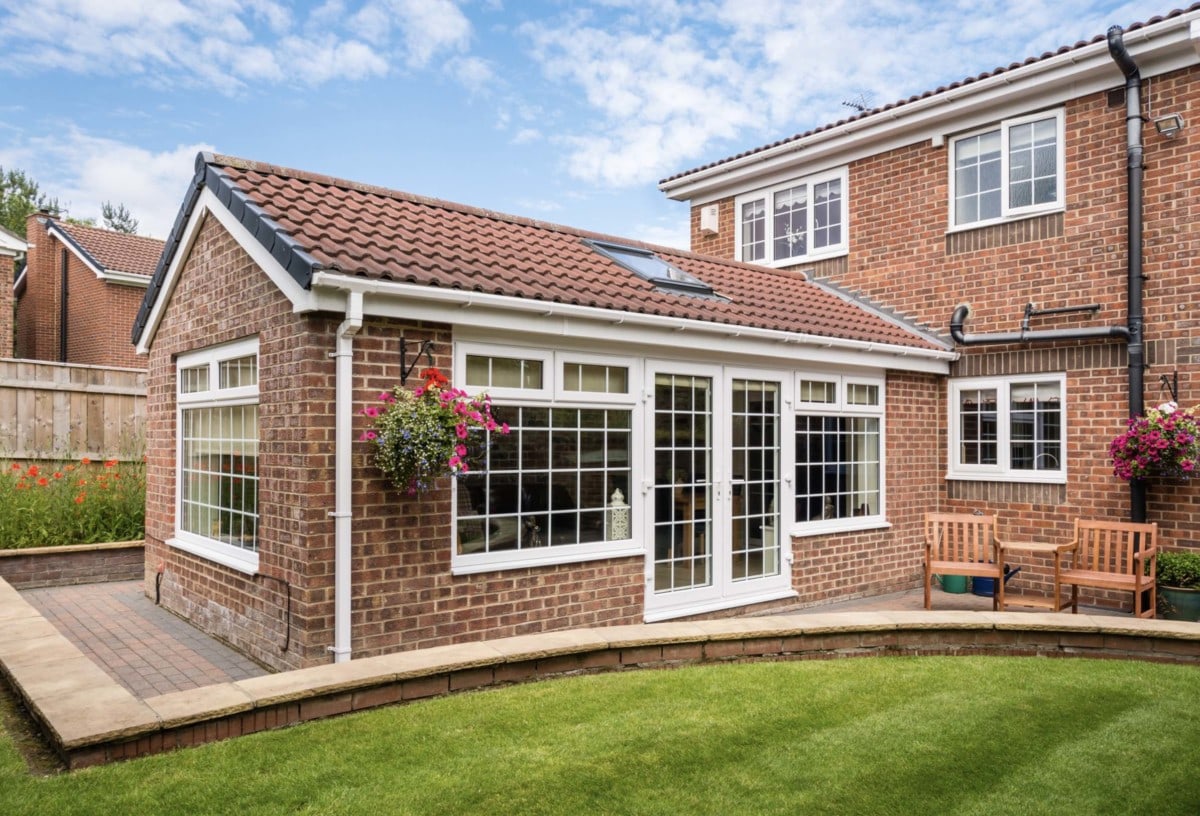
Fire-resistant roofing and siding
Metal sheeting – Aluminum and steel siding options are virtually unmatched in terms of resilience to environmental hazards. Not only do they withstand rain, wind, hail, and sleet with ease, they’re also extremely fire-resistant. Almost all metal sidings receive a class A fire rating and are labeled as noncombustible, meaning that it isn’t shown to ignite or spread fires in fire safety testing.
Fiber cement – As an alternative to vinyl siding, fiber cement is a mixture of cement, sand, and wood fibers. Fiber cement achieves a high fire resistance with a class A rating.
Fiberglass-based asphalt shingles – Asphalt shingles make up nearly 80 percent of residential roofing materials in the U.S. They’re one of the most affordable options on the market. With a class A fire rating, fiberglass-based asphalt shingles are highly fire-resistant when installed with fire-code-compliant underlayments.
Brick and stone veneers – Fire risk is reduced when brick and stone veneers are used over wooden frames. Because brick and stone don’t have any caulked joints, they can prevent fire from contacting the stud cavity and setting fire to the frame of the house. Brick and stone can be used both as roofing and siding with a class A fire rating.
| Material | Average Cost |
|---|---|
| Metal sheeting | $1.00 – $2.50 / sqft |
| Fiber cement | $5 – $13.50 / sqft |
| Fiberglass-based asphalt shingles | $1 – $2 / sqft |
| Brick and stone veneers | $5-$10 / sqft |
Pro tips: fire-resistant roofing and siding
Choosing a fire-resistant roofing material and using a fire-resistant barrier underneath will provide peace of mind. Consider using metal or slate tiles, both with a Class A fire rating. These types of materials can cost around $700-$800 per 100 sq. feet. Shingles are a common roofing material, and the fiberglass-based variety offers excellent fire resistance when installed with fire-code-compliant underlayments. The Class A–rated shingle boasts the affordability of asphalt shingles and costs $50 to $100 per 100 sq. ft. – Pisgah Roofing & Restoration
The first thing we recommend when considering fire-rated applications is DensGlass Sheathing. Exterior Fiberglass Gypsum Wall Sheathing (especially when combined with a fire-resistant exterior material like brick or stone and a fire resistant roof) provides the fire protection homeowners want but also protects from moisture and mold. This product works well in warm or cold climates. – Blythe Building Company
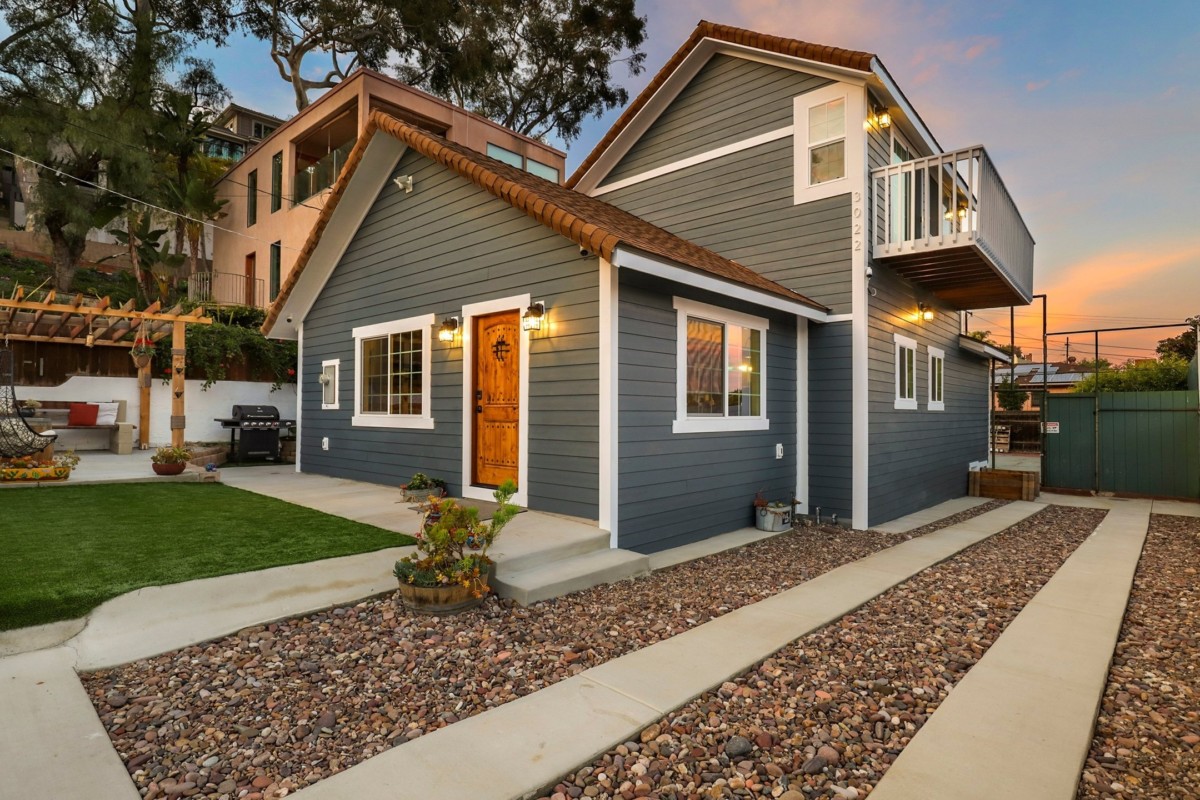
Fire-resistant decking and framing
Composite decking – Many home fires begin on decks because the majority of wood types used to build decks are rated class C for fire resistance. However, using composite decking materials is a much safer alternative. Composite decking like Ameradeck and Trex are made from PVC and wood fiber giving them a class A fire rating.
Structural insulated panels (SIPs) – These large wall panels can take the place of a conventional stud frame. Their laminated panels are engineered with a solid foam core sandwiched between structural sheathing such as oriented strand board or plywood. In some cases SIPs are sheathed with fiber cement giving them a class A fire rating, extreme weather resistance, as well as resistance to mold and water damage.
Aerated concrete – These blocks are made of concrete mixed with aluminum. They are only half the weight of a typical concrete block and provide better insulation. With aerated concrete blocks you get approximately an hour of protection from flames for every inch of block giving them one of the highest hourly fire-resistance ratings per inch of any building material.
Fire-retardant treated (FRT) wood – While traditional stick framing is easily combustible it can still be a viable option for your fireproof house if treated with a fire retardant. Fire-retardant lumber has a class A fire rating and is typically available from the same companies that pressure-treat wood. It is an affordable alternative to other fire-resistant framing materials costing approximately $3 for a treated 12-foot 2×4.
| Material | Average Cost |
|---|---|
| Composite decking | $2 – $3 per linear foot |
| Structural insulated panels | $3.50 – $5 / sqft |
| Aerated concrete | $2.50 – $3 / sqft |
| Fire-retardant treated wood | +25% untreated wood (12 ft 2×4 = $3 avg) |
Pro tip: fire-resistant decking and framing
In wildfire-prone territories, homeowners can employ fire-resistant deck building products to create the ultimate outdoor living scenario. Options like pre-engineered steel deck framing systems deliver proven fire-resistance, strength and performance to support deck functions, while giving play to today’s in-demand rustic, industrial aesthetic. Plus, given the volatility of the lumber market, fire-thwarting alternatives to traditional framing materials don’t push as hard against a budget as they once did. – Fortress Building Products
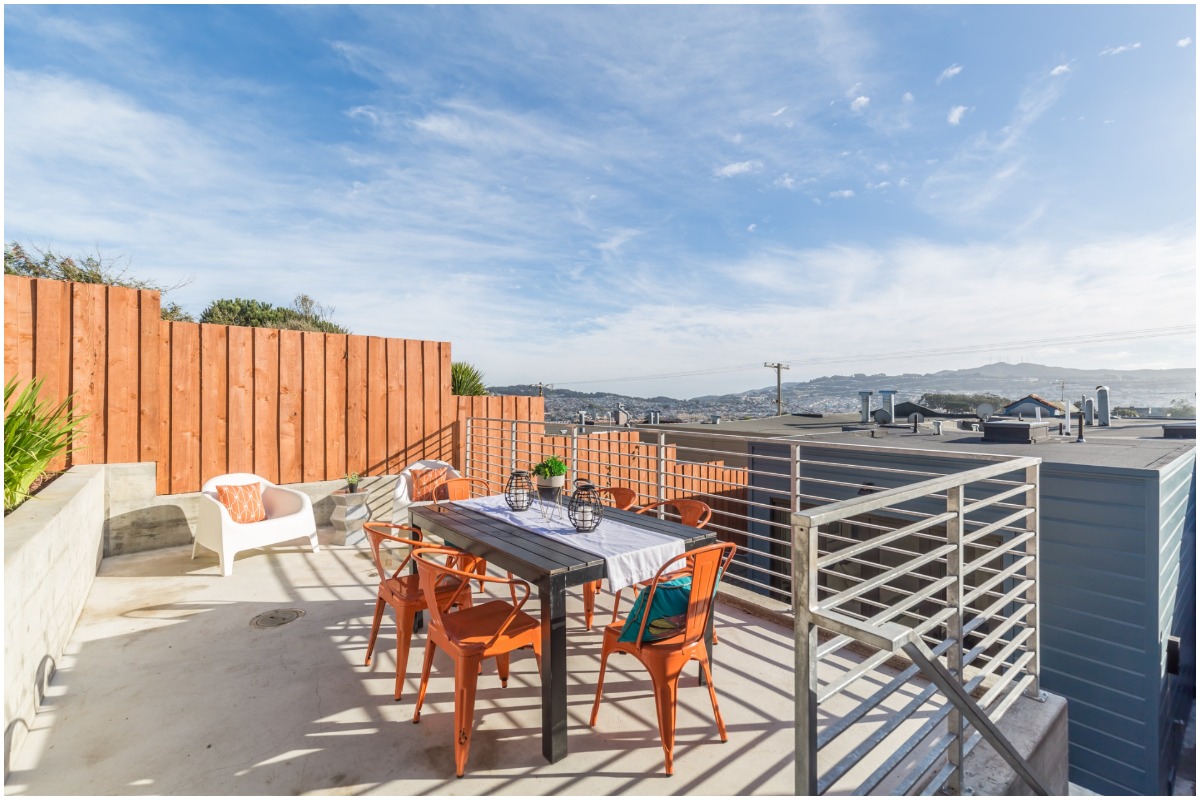
Fire-resistant windows and doors
Double-pane windows – These windows are not engineered to protect against the heat of a fire and wildfire damage, but they do offer more protection than a single-pane glass window. By acting as a barrier, the outer layer of glass slows the heating of the inner pane which helps resist cracking. As far as window framing is concerned, steel provides the highest fire-resistance followed by wood and aluminum.
Steel garage door – Steel makes for an excellent fire-proof garage door. Fire-resistant garage doors like Wayne-Dalton’s 9000 series have a core made of “polyurethane foam-in-place insulation,” which is a heat-resistant material that bonds to the steel outer panels. These doors generally range from $800 to $2,000 depending on size and design.
Steel entry door – Metal entry doors are often recommended by fire prevention specialists to fireproof your home from wildfires. So if your goal is to make the most fireproof house possible, try to use steel entry doors in as many places as you can. Metal doors can offer up to 90 minutes of fire protection to allow ample escape time in the case of a fire.
Fire-rated wood doors – If you don’t want to sacrifice the aesthetic of a wood door for the fire protection of a metal door, there are a variety of fire-resistant wood doors to choose from. These doors are constructed with a core that allows for up to 20 minutes of fire protection.
| Material | Average Cost |
|---|---|
| Double-pane windows | $200+ |
| Steel garage door | $800 – $2,000 |
| Steel entry door | $250+ |
| Fire-rated wood doors | $800-$900 |
Pro Tips: fire-resistant windows and doors
Windows must resist the wind-driven debris, and we use metal storm shutters similar to metal fire shutters on the West Coast. No matter where we are on the planet, it seems there is some type of weather event that our structures must survive. Strong materials like steel and concrete are universally the highest quality construction method, allowing our homes to survive fires and storms. – Mark Batson Group
As a general rule for fire resistant windows, aluminum frames with insulated glass hold up longer when faced with the heat of a wildfire. Consider tempered glass. Different types of fire-resistant glass can be used. Glazing thicknesses of up to 60 mm enable a range of different uses. The Schüco FireStop ADS 90 FR 90 platform is the basis for the new concept with 90 minutes of fire resistance. – Sustainable Windows and Doors
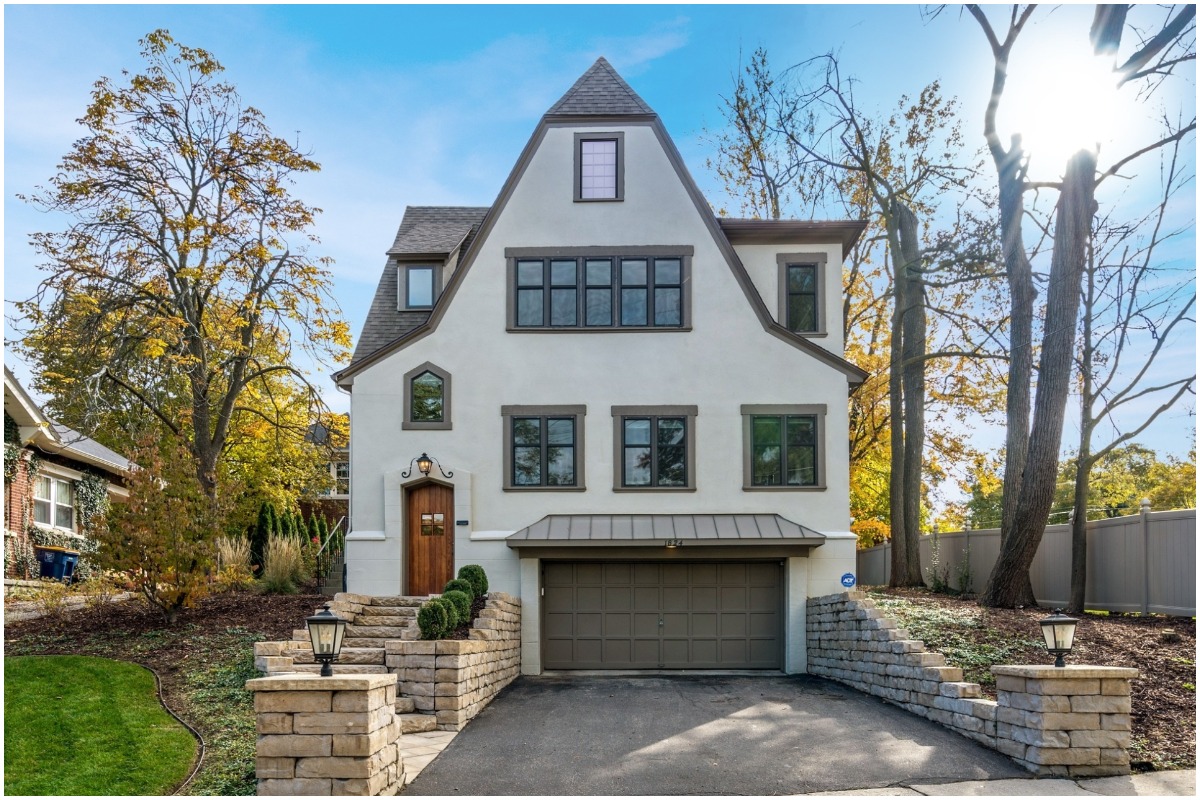
Fire-resistant insulation and systems
Fiberglass – Fiberglass insulation is commonly used in residential and commercial buildings. It’s created through the weaving of fine strands of glass. Fiberglass is very affordable, widely available, and extremely effective as home insulation. However, extreme care is advised when installing to avoid tiny slivers of glass from damaging the eyes, skin and even lungs. While fiberglass isn’t completely fireproof, it can withstand temperatures up to 1,220 degrees.
Reflective insulation – This very popular form of insulation is typically used in between floor studs, roof rafters, and wall joints. Its reflective insulation is designed to reflect heat. Created by bonding a reflective material like aluminum with plastic film or cardboard, it is often used in combination with other forms of insulation to increase its fire-resistance capabilities.
Mineral Wool – There are several types of mineral wool to choose from including glass, rock and slag wool. In the U.S., slag wool is the most commonly used. Although mineral wool can’t stand up to temperatures quite as high as other options, it is classified as noncombustible and has been shown to reduce fire spread rate.
Foam – Foam cellulose offers much greater resistance to heat than regular cellulose insulation, but may still combust at very high temperatures. Rigid foam insulation that uses expanded polystyrene is typically preferred due to certain forms of cellulose foam producing gases linked to a variety of health issues. Two of the most commonly used non-toxic foam choices are Icynene, a mix of carbon dioxide and water, and Air Krete, a solution created by extracting magnesium oxide from seawater.
| Material | Average Cost |
|---|---|
| Fiberglass | $0.60 – $0.90 / sqft |
| Reflective insulation | $0.35 – $0.75 / sqft |
| Mineral wool | $1.40 – $2.10 / sqft |
| Foam | $0.60 – $0.90 / sqft |
LEGAL: This article is for informational purposes only. Individual results may vary. This is not intended as a substitute for the services of a licensed and bonded home services or fire prevention professional.
The post Fireproof House: Top Fire Resistant Building Materials to Consider for Your Home appeared first on Redfin | Real Estate Tips for Home Buying, Selling & More.
